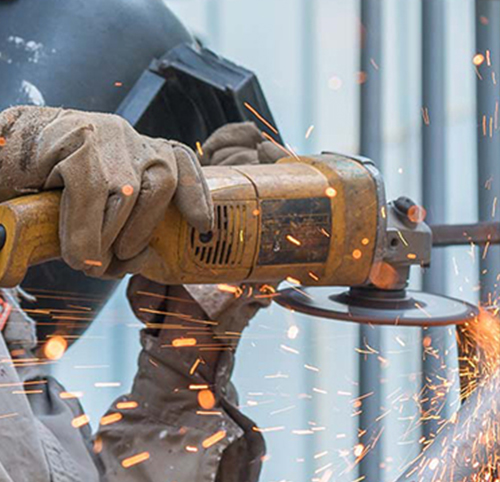What Features To Check When Constructing A PEB Warehouse
What Features To Check When Constructing A PEB Warehouse
Various customers rely on logistics companies to handle their goods daily. These companies aim to achieve complete customer satisfaction through the efficient handling of goods. It is vital that logistics companies follow specific standards for the storage and handling of goods so that operations run smoothly.
PEB warehouses are taking over conventional warehousing structures due to the endless benefits of steel. Steel prefabricated structures are highly demanded in the e-commerce, pharmaceutical, and consumer goods industries. Unlike old times, warehouses of today are pre-built with advanced features and modern technologies. The popularity of PEBs mainly lies in their durability and cost-effectiveness. Cost is minimised right from the preparation stage. A systematic engineering and execution process reduces interim financing costs through shorter construction times and by minimising on-field construction expenses, which were originally perceived as extra expenses, but are now viewed as investments.
The following blog will talk about the important points that must be considered while constructing a pre-engineered warehouse.
Elevated roof – The basic purpose of warehouses is to store goods before sending them to customers. A ceiling height of 12 metres is considered ideal for stacking and storing goods. Clear ceiling height is basically the height of a structure from the floor to the topmost item on the ceiling. The actual storing capacity of a warehouse can be determined by the number of products that can be safely stored in a three-dimensional space. Most companies rent warehouses with a clear ceiling height in order to have a larger storage capacity.
Temporary Canopy Facility – Shipping of goods from point 1 to point 2, loading and unloading takes place throughout the day. Preserving the smooth functioning of receiving goods, dispatching and maintaining an active storage area is essential to avoid delays. A superior quality temporary shed or canopy would allow goods to be shipped without any external damage such as harsh temperature or heavy rainfall.
Insulated Shed – Reflective Foil Bubble Insulation is the most rewarding thermal insulation technique applied in PEBs. It provides a dry, neat and easy installation of the insulation material and acts as a barrier to moisture. Temperature regulation is a MUST for a steady work system, especially in areas of extreme climate conditions. Furthermore, a warehouse without insulation makes way for pests and mold. An insulated warehouse can help regulate the inside temperature, protect your goods from rotting, control moisture and reduce carbon footprint. Depending on the nature of goods and climatic conditions, you can opt for blanket insulation on the walls or blown-in foam for specific holes and cracks.
Fire Safety – While structural steel is fire-resistant, its strength can be shattered in extreme temperatures. It can withstand temperatures up to 450 degrees celsius before it starts to soften. Temperatures between 600-650 degrees celsius pose a higher risk of crashes. Therefore it is not just important but necessary to keep firefighting supplies handy such as fire hydrants and sprinklers as precautionary measures.
Attention to Design -To reduce a warehouse’s damage capacity, pay close attention to the load-bearing problems of the warehouse design, such as withstanding rainwater, snow pressure, construction load, and maintenance load. Also, while constructing a warehouse, take into consideration a decent lightning passage. In the absence of good lighting, indoor lighting is needed all day and night, which undoubtedly increases energy consumption. Using natural light as much as possible will minimise electric consumption.

